A lifeline enables the continuous operation of critical government and business functions and is essential to human health and safety or economic security.
- Lifelines are the most fundamental services in the community that, when stabilized, enable all other aspects of society to function.
- FEMA has developed a construct for objectives-based response that prioritizes the rapid stabilization of Community Lifelines after a disaster.
- The integrated network of assets, services, and capabilities that provide lifeline services are used day-to-day to support the recurring needs of the community and enable all other aspects of society to function.
- When disrupted, decisive intervention (e.g., rapid re-establishment or employment of contingency response solutions) is required to stabilize the incident.
Download the Community Lifelines Toolkit
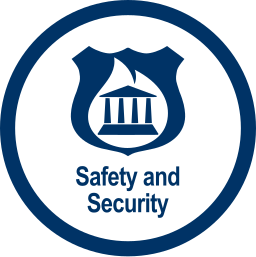
Safety and Security - Law Enforcement/Security, Fire Service, Search and Rescue, Government Service, Community Safety
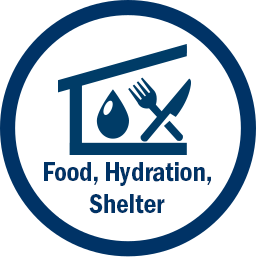
Food, Hydration, Shelter - Food, Hydration, Shelter, Agriculture
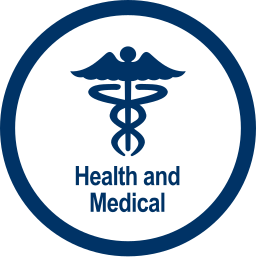
Health and Medical - Medical Care, Public Health, Patient Movement, Medical Supply Chain, Fatality Management

Energy - Power Grid, Fuel
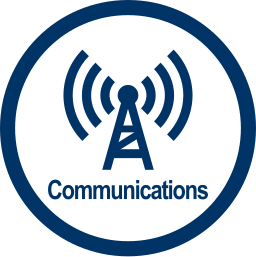
Communications - Infrastructure, Responder Communications, Alerts Warnings and Messages, Finance, 911 and Dispatch
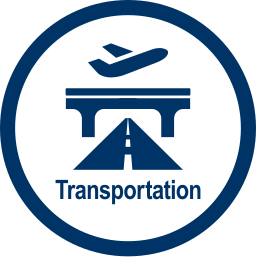
Transportation - Highway/Roadway/Motor Vehicle, Mass Transit, Railway, Aviation, Maritime
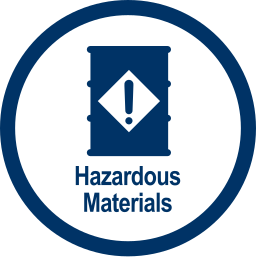
Hazardous Materials - Facilities, HAZMAT, Pollutants, Contaminants
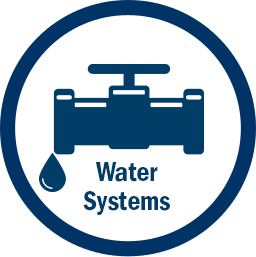
Water Systems - Potable Water Infrastructure, Wastewater Management
Why We Use Community Lifelines
FEMA created Community Lifelines to reframe incident information, understand and communicate incident impacts using plain language, and promote unity of effort across the whole community to prioritize efforts to stabilize the lifelines during incident response.
While lifelines were developed to support response planning and operations, the concept can be applied across the entire preparedness cycle. Efforts to protect lifelines, prevent and mitigate potential impacts to them, and building back stronger and smarter during recovery will drive overall resilience of the nation.
Community lifelines were tested and validated by federal, state, local, tribal and territorial partners in the aftermath of hurricanes Michael (Oct. 2018), Florence (Sept. 2018) and Dorian (Aug. 2019), Super Typhoon Yutu (Oct. 2018), the Alaska earthquake (Dec. 2018) and the coronavirus (COVID-19) pandemic (2020). They were formalized in the National Response Framework, 4th Edition.

For information on implementing lifelines during incident response, go to the Community Lifelines Implementation Toolkit 2.0.
2024 Community Lifelines Doctrine Update
The Community Lifelines construct was initially developed and disseminated throughout 2018 and 2019 to increase effectiveness in disaster operations across the agency to respond to catastrophic incidents. Lifelines reframe incident information to provide decision-makers with impact statements and summarize the root causes of disruptions to lifeline services. The community lifelines construct maximizes the effectiveness of federally supported, state managed, and locally executed response.
The purpose of the 2024 Community Lifelines construct update is to conduct a thorough, wholistic review and update of the Community Lifelines doctrine, to include codifying the changes from the 2023 disaster season, expanding the construct to ensure consistent application across the response and recovery mission spaces, and developing supporting documentation to support use of the Community Lifelines across the whole community. The estimated date for the launch of the Community Lifelines construct updates is January 2025.
This project will gather feedback on the following areas of focus:
- How do different Federal and SLTT emergency managers use the Community Lifelines construct throughout the disaster lifecycle?
- Do the current Community Lifelines, components, and subcomponents still align with the most fundamental services within a SLTT community?
- What are the standard impact data and data sources for each lifeline component that SLTTs may use to assess the condition of community lifelines during an incident?
- How can the process for assessing Community Lifelines color classifications be refined to simplify how lifeline status is identified and communicated?
- How can the recovery and preparedness mission areas be integrated with the Community Lifelines construct?
- How can FEMA’s planning lines of effort be integrated with the Community Lifelines construct?
Emergency managers across all levels of government are welcome participate during Phase 1 of this project focused on feedback gathering (January – April 2024). FEMA will be working in collaboration with FEMA Headquarters program offices and FEMA regional leadership to conduct stakeholder engagement via facilitated feedback sessions to ensure emergency management stakeholders across all levels of government are engaged and feedback is considered prior to initiating document updates.
Please reach out to lifelines@fema.dhs.gov or your FEMA Regional/Field leadership points of contact to learn more about the update or how to get involved.


